There are a surprising number of garden chores that we can work on in February! Here’s my chore list for this month and some details on how I plan to go about doing them.
As we trudge through the final weeks (months?) of cold dark winter days it can be hard to stay motivated. I find that having a garden checklist gives me a little motivational kick-in-the-pants.
[Side note: If you missed my checklist of January garden chores you can find it here.]
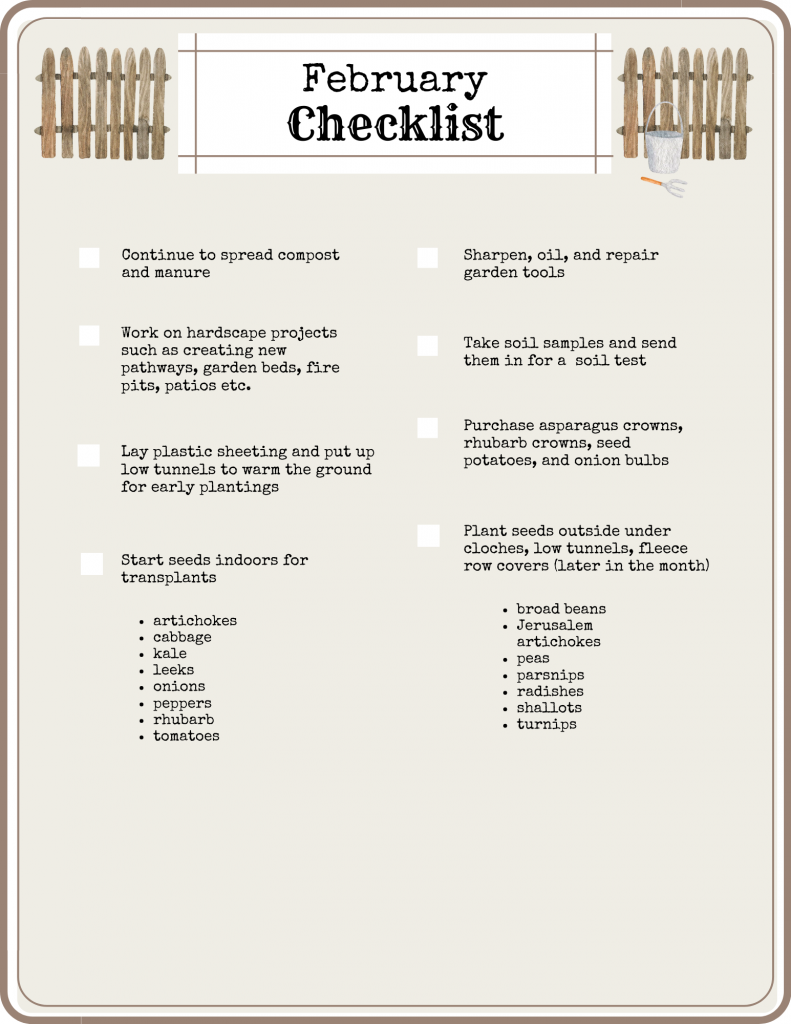
1. Continue to spread compost and manure
Honestly, I spread compost and manure every month of the year. We usually have about 50 or more rabbits at any given time. I harvest 1-2 wheelbarrows of manure each week from them. Since that manure is not “hot”, it will not burn my plants. I spread it immediately, wherever I feel it is most needed that week.
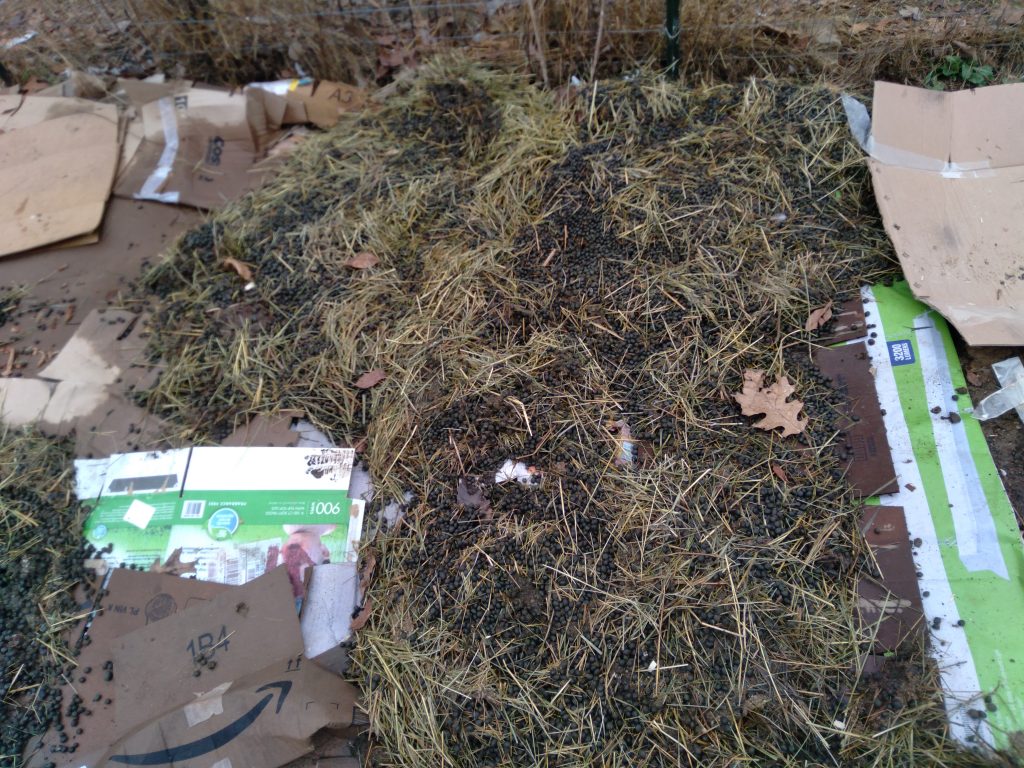
On the other hand, fall and winter are a great time to spread ALL kinds of livestock manure and compost. That way it will have time to compost and “cool” before we plant anything in it.
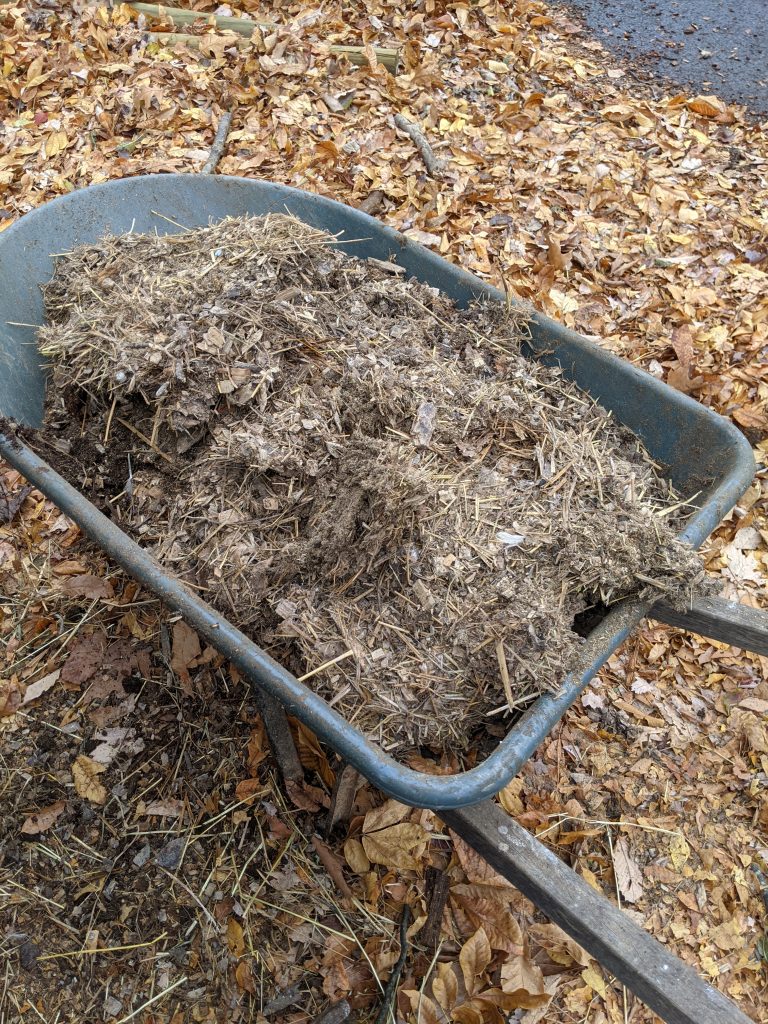
2. Hardscape garden projects
This is another garden project that could be on more than just the February garden checklist. I love creating beautiful permanent structures in my garden. Stone pathways, arbors, trellises, and raised beds can be created in the off season of gardening.
This is the second winter that I’ve been working on creating terraced garden beds and a gravel pathway in my front garden. I had to stop part way through last spring when the actual plants needed my attention. They are my first priority of course. I am determined to finish my stone pathway this year.
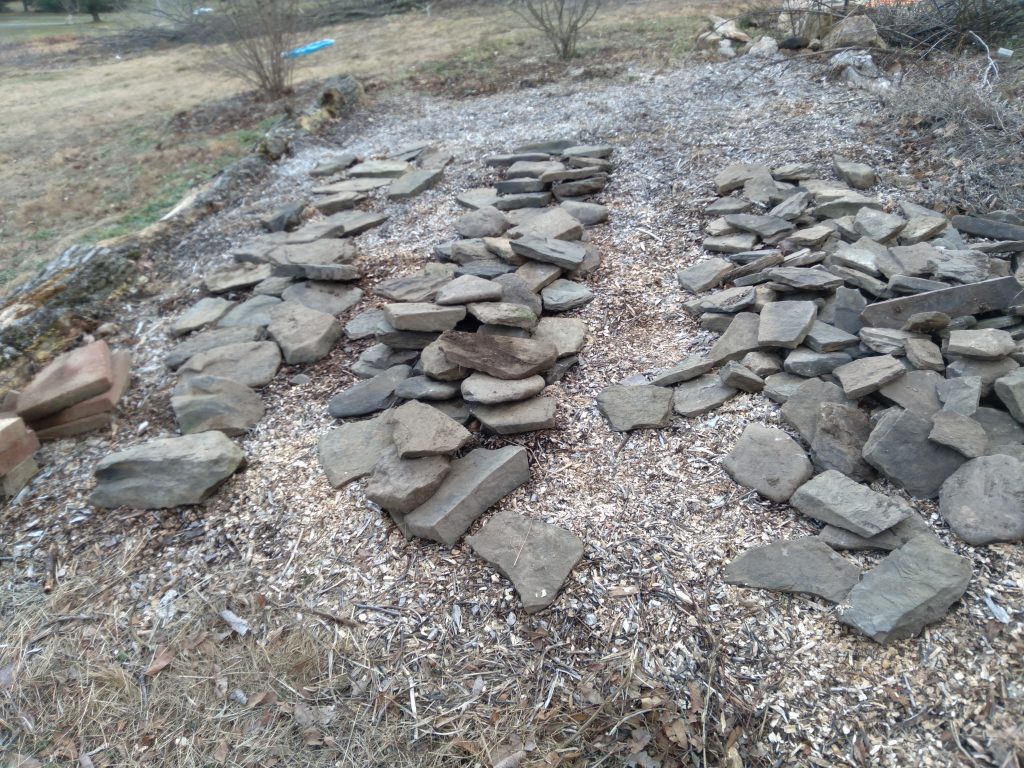
3. Send soil samples to a lab for testing
It’s important to me that my soil have the best nutritional balance possible. The soil is feeding the plants that will be feeding my family after all. I talk a lot more about the nitty gritty details of that here.
Every year I borrow a soil probe from my local agricultural extension office . We use it to collect 10-15 columns of soil from various parts of each garden area. We mix those 10-15 samples together, sift out any large wood chips or rocks, that forms a “composite sample”. I mail our composite sample to Logan Labs to be tested. Logan labs results tell you what the desired values are for various minerals and what your actual values are. Steve Solomon’s calculation pages allow us to determine exactly how much of each element needs to be added. For example, I needed to spread 2 tsp of Borax diluted with water to fix my boron deficiency.







4. Lay plastic sheeting, use cloches, or put up low tunnels to warm soil for early planting
Arguably the most important garden chore on my checklist is getting plants growing as early as possible for maximum harvest. I like using milk jugs as little cloches or a mini greenhouses for starting onions and leeks. Last year I used a fleece low tunnel to try to get an early start on my lettuces. It was a big flop because my cats like to play in there and then the dogs get in on the fun and they ripped the whole thing to shreds. And this is not the first time they have destroyed a fleece row cover. From now on I am just using 6 mil plastic sheeting over the hoops.



5. Purchase seed potatoes, onion bulbs, asparagus crowns, and rhubarb crowns
If you have a friend with an established rhubarb patch they might be willing to divide their crowns and share with you. That would get you off to a quick start! I have had much better luck growing my Victoria Rhubarb from seed. The only downside to that is that you have to wait 2-3 years before harvesting big quantities off of it. I usually plant my first seed potatoes in March. It’s important to order them early so that they arrive in time to be divided and cured before planting.
I expanded my asparagus patch last year and so ordered about 30 crowns along with my seed potatoes. Of those 4 varieties that I planted last year — the Mary Washington variety was by far the best. About half of the other roots failed to come up, but almost all of the Mary Washingtons did. My kids helped with the planting so that may have also contributed to a degree of failure.



6. Start seeds indoors and plant seeds outside under cover later in the month
February is a great time to start things like peppers and tomatoes here in the Mid Atlantic. Starting them early gives them time to become sturdy. They will be well on their way to producing fruit all during the summer months. Cold hardy plants like cabbage, kale, and onions do not always do well in my spring Mid Atlantic garden. Brassicas often bolt when planted outside from seed because the weather tends to heat up pretty quickly around here. I like to give my brassicas (cabbage family) and alliums (onion family) plants a head start by planting them indoors in early February. Then I transplant them outside in early March. Transplanting gives brassicas time to be mostly grown before we have our Maryland spring heat flashes.
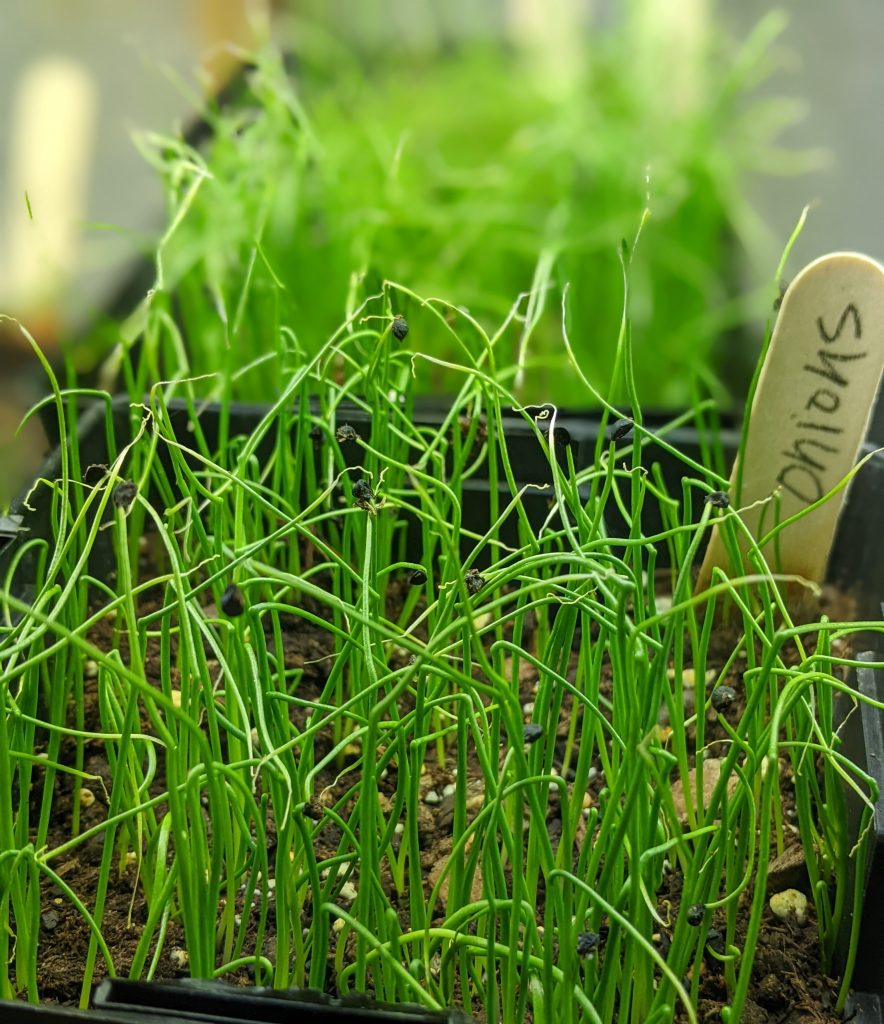
Radishes repel cucumber beetles. That companion planting partnership works best when the radishes are planted well before the cucumbers go into the ground. I will be filling my summer cucumber bed with staggered plantings of radishes. And harvesting a portion of the radishes while I am waiting to plant those cucumber seeds in mid-May.
Broad beans and peas both germinate well in cold temperatures, around 45 degrees Fahrenheit. With an inexpensive soil thermometer you can get a very accurate idea of the soil’s current temperature. Broad beans are also safe to plant a little on the early side as they are good at “waiting” and will not rot in the soil if they have to wait a couple weeks to sprout.

A cloche can be used to cover seedlings and help warm the soil for late winter plantings. Just be sure to remove the cloche to vent it on sunny days. Otherwise it can become like an oven, even with very chilly outside temperatures.





Leave a Reply